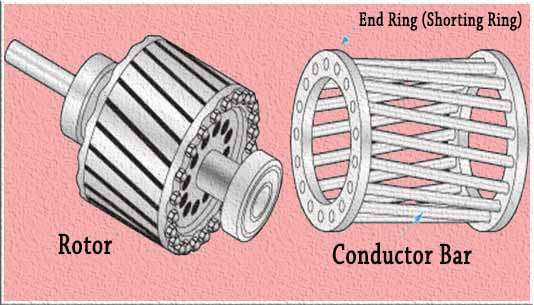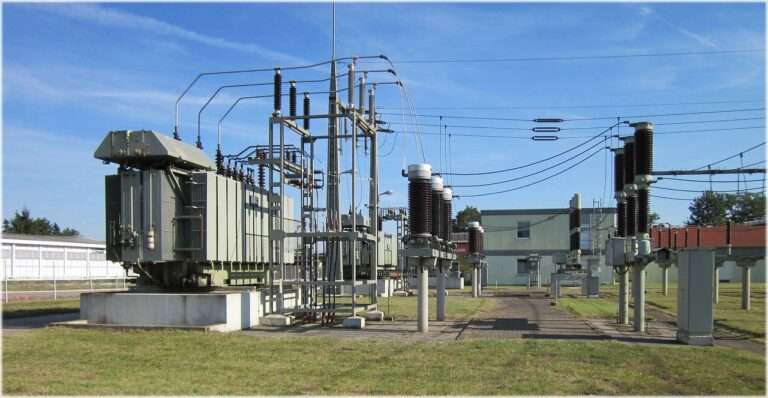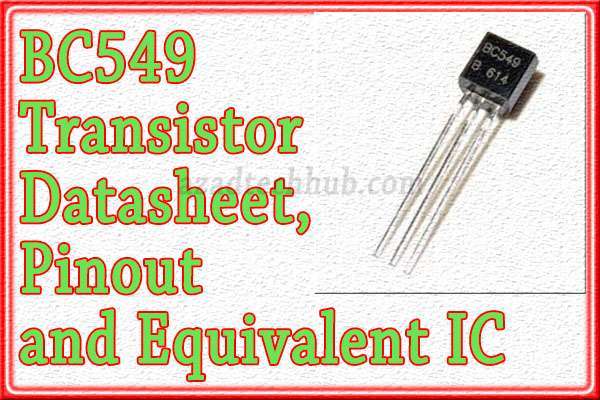TIP120 Transistor Equivalent: Best Features to Know
The TIP120 transistor is a popular and widely used NPN Darlington transistor that is known for its high current and voltage handling capabilities. In some cases, you may require a TIP120 Transistor Equivalent that can perform similar functions as the TIP120. Here, we will explore the TIP120 transistor equivalent and its features.
Read More

TIP120 Transistor Equivalent
TIP120 Transistor Equivalent is the TIP122. The TIP122 is also an NPN Darlington transistor and shares similar electrical characteristics and pin configurations with the TIP120. It can serve as a suitable replacement in many circuits that call for a TIP120 transistor.
TIP120 Transistor Features
The TIP120 equivalent provides the following features:
Darlington Pair Configuration: Both the TIP120 and TIP122 transistors are designed in a Darlington pair configuration, which offers high current gain and excellent current amplification capabilities. This configuration allows them to handle high currents and drive loads with lower current requirements effectively.
High Collector Current: The TIP120 transistor equivalent, TIP122, also has a high collector current rating, typically up to 5 amperes. This makes it suitable for applications that require driving larger loads or handling high current levels.
High Collector-Emitter Voltage: The TIP122 equivalent can handle high collector-emitter voltages, typically up to 100 volts. This characteristic makes it suitable for circuits that require switching or amplification of high voltage signals.
Low Saturation Voltage: Both transistors exhibit low saturation voltage, ensuring minimal voltage drop across the collector-emitter junction when fully saturated. This characteristic allows for efficient switching operations and reduces power dissipation.
Built-in Protection: The TIP122 equivalent, like the TIP120, has built-in protection features such as a reverse-biased diode (flyback diode) across the collector-emitter junction. This diode protects the transistor from voltage spikes that occur when driving inductive loads, preventing damage due to flyback voltages.
Package Options: The TIP122 equivalent is available in various package options, including TO-220 and TO-3, similar to the TIP120 transistor. These packages offer different power dissipation capabilities, allowing users to select the appropriate package based on their power requirements and thermal considerations.
Application Compatibility: The TIP120 Transistor Equivalent can be used as a drop-in replacement for the TIP120 in various applications, including motor control, solenoid drivers, relay drivers, and other high-current switching applications.
By using the TIP122 transistor equivalent, engineers and hobbyists can achieve similar performance and functionality as the TIP120 transistor. It provides high current and voltage handling capabilities, making it suitable for a wide range of applications where robust switching and amplification are required.
Unknown Facts on TIP120 transistor Equivalent
Uncommonly Discussed Details:
In addition to the commonly discussed details about the TIP120 transistor and its equivalent, the TIP122, here are some additional details:
Base-Emitter Voltage Variation: The TIP122 transistor equivalent may exhibit slightly different base-emitter voltage characteristics compared to the TIP120. It is important to consider this variation when designing circuits to ensure proper biasing and optimal performance.
Current Gain Variation: The current gain (hFE) of the TIP122 transistor equivalent can vary across different operating conditions, such as temperature and collector current. Understanding this variation is important for designing circuits that can accommodate the range of hFE values.
Safe Operating Area (SOA): The TIP120 Transistor Equivalent may have a different Safe Operating Area compared to the TIP120. The SOA graph, available in the datasheet, outlines the maximum limits of collector current and collector-emitter voltage that the transistor can handle without exceeding its thermal or electrical ratings.
Switching Speed: The TIP122 transistor equivalent may have slightly different switching characteristics, such as rise time and fall time, compared to the TIP120. These parameters affect the switching speed and can influence the overall performance of the circuit.
Voltage and Current Derating: When operating the TIP122 equivalent at higher temperatures, it is important to consider voltage and current derating to ensure reliable and safe operation. The datasheet may provide guidelines for derating based on temperature.
By considering these additional details, engineers and designers can make informed decisions when using the TIP122 transistor equivalent in their circuits. It helps ensure proper circuit performance, compatibility, and reliability.
Related Posts:
- Floating Gate Transistor
- TIP120 Transistor Pinout
- TIP122 Transistor Pinout
- Transistors BC547
- C1815 Datasheet
Follow Us on Social:
Subscribe our Newsletter on Electrical Insights for latest updates from Electrical Engineering Hub
#TIP120, #TransistorEquivalent, #TIP120Transistor, #TransistorReplacement, #TIP120Alternative, #TIP120EquivalentParts, #ElectronicsComponents, #ElectronicsDIY, #TransistorSelection, #TIP120Substitute, #ElectronicProjects, #TransistorGuide, #TIP120Alternatives, #PowerTransistor, #TransistorTechnology





